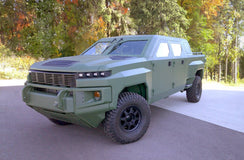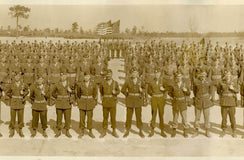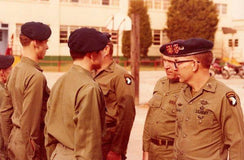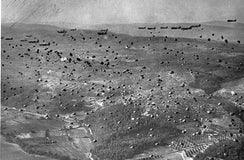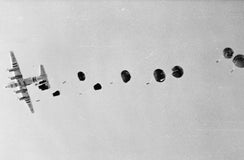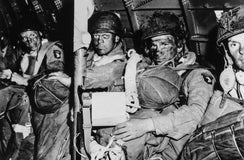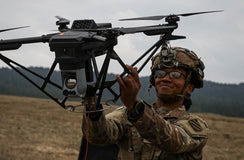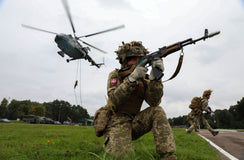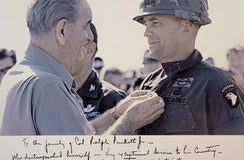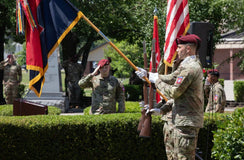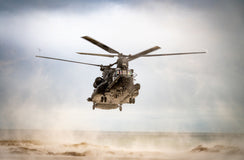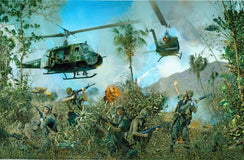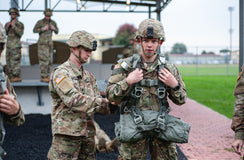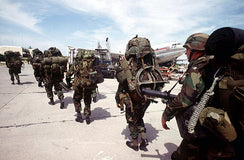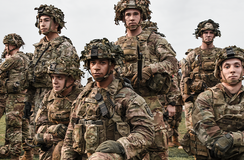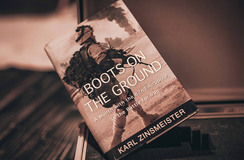Battle of Yongju: The Battle of the Apple Orchard
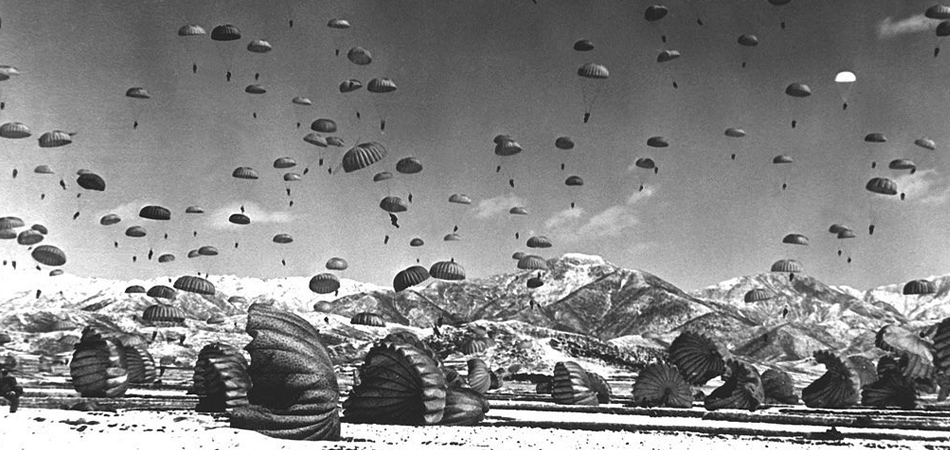
Also known as the Battle of the Apple Orchard, the UN orchestrated the Battle of Yongju to fight back against the North Korean forces during the Korean war. In this offensive maneuver, the US 187th Airborne Regimental Combat Team—or the US 187 RCT was called on to move in front of the UN spearheads into Sukchon and Sunchon dropzones.
Planning to meet the North Korean forces who were retreating from the capital at that moment, the Paratroopers were responsible for pushing the North Koreans further west and forcing them to release American and South Korean POWs.
The dropzones, located around 25 miles north of the capital, were targeted specifically for their locations, and as the paratroopers were dispatched, they were met with little resistance.
Beginning on October 20th, 1,470 paratroopers took off from the Kimpo Airfield on C-119 and C-47 aircraft. Although there wasn’t much resistance in the air, they did encounter occasional sniper fire.
Despite suffering a few injuries and some weapons being partially or fully destroyed, the Airborne drop was a successful one, and the continued aim of the mission was underway as the US 187 RCT fought to advance south towards the capital.
Unfortunately, while on the ground, the Americans met a heavy attack dealt by the North Korean 239th Regiment—as well as additional help.
While under siege, the 27th British Commonwealth Brigade set off to assist, crossing the Taedong River on the way to Sukchon. And although they were able to clear the way in order to help, the North Koreans fought back against the resistance, driving the paratroopers to the north.
As the Allies came to their support, the Australians ran an attack, and the North Koreans withdrew from the high ground. Caught between the US paratroopers and the North Koreans, the three were locked in a battle that lasted for three hours. After refusing to surrender, the North Koreans eventually got flushed out, as the Allies then recovered the area and swept it, ridding it of any remaining soldiers hiding around.
With the Americans, British, and Australian fighters teamed up together with one common goal, the forces of the North Korean 239th Regiment were massively destroyed. Since the North Koreans had been originally preoccupied with the Americans coming to their north, the Australians were able to successfully attack in the rear with the element of surprise.
In that apple orchard, the Allies were able to not only defeat the opponent before them, but the Australians had a defining moment that distinguished their performance in action. This had also prepared them for a battle that would soon follow in the coming months.
